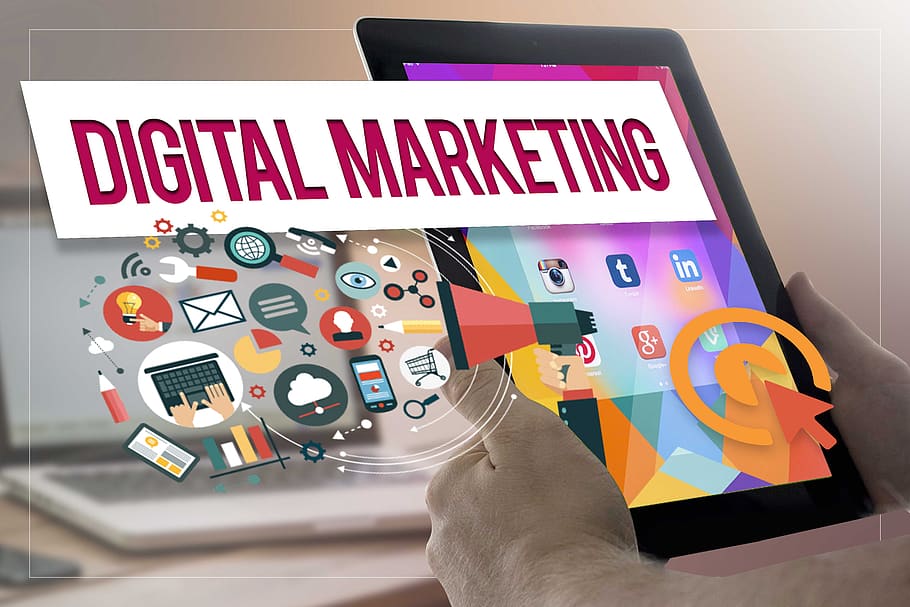
Image via Pxfuel
RTB has continued to gain traction while programmatic advertising continues to gain momentum. As a matter of fact, almost all advertising tech platforms these days have enabled real-time bidding in PPC and other types of advertising. Therefore, it’s necessary that digital marketers know about it and its benefit to their marketing strategies.
To understand Real-time bidding, let us begin by exploring the 1st-generational exchange model. This model is the one that advertisers make bids to buy impressions. The bids are to be purchased through a location-based and static system in buckets of a thousand impressions. Static bidding is the one you pay a flat or fixed average rate for a specific bucket’s impressions. Real-time bidding is simply the opposite of this.
When it comes to real-time bidding, you dynamically bid for every impression. As opposed to static bidding, the buyer of the RTB ad will get the chance to value every impression opportunity differently in real-time. You’ll be able to accept or reject every ad impression in your media plan.
With RTB, businesses can now buy through inventory and ad exchanges in bulk. They can now automate inventory purchasing which has resulted in the drastic growth of the real-time bidding market globally. Real-time bidding is an important part of advertising today. Last year, programmatic digital display ads that make use of real-time bidding made up about 84.5% of the whole digital display advertising market.
Benefits of RTB to Ad Performance
Below is just a brief glimpse of how RTB can help you get better ad performance and better return on investment:
- Creative optimization: To test and match the correct creatives with customers is quite ineffective with the traditional ad serving. With RTB, this process will become efficient and effective, and you can now customize the messages and creatives you serve to your target market well.
- Actionable insights: With RTB, you’ll see what’s working and what’s not working at the impression level in real-time. This will result in you identifying trends, discovering new customer insights, and ability to use the info to alter your ad strategy and ads.
- Yield management: With RTB, you can pay for performance rather than reach since you’ll be able to evaluate how much each impression costs against the revenue you generate.
- Cost efficiency: RTB will allow you to reduce how much you spend on ads while improving your ad impressions’ quality.
- Retargeting: With RTB, you’ll be able to scale your cookie retargeting and make it more powerful. It’ll assist you in finding and targeting some particular desired customer behavior more precisely, which mostly turns out to become conversions.
Real-Time Bidding: What’s its future?
The future is any advertising that is on the basis of the machine learning algorithm.
Algorithms that are based on machine learning will continue to allow improved ad bids efficiently with the aid of RTB networks. They project the ad spend of RTB to generate USD42 billion this year, which is a rapid increase compared to that of 2016, which was USD38.5 billion. RTB has gained massive popularity in the past couple of years.
|
Recommended posts
|

